Table of Contents
Introduction
If you're someone who loves the rich, smoky flavors of brisket, then mastering the brisket cooking time in oven is essential. Whether you're a seasoned grill master or just starting out, understanding how long to cook your brisket in the oven can make all the difference between a dry, overcooked meat and a tender, juicy masterpiece. This guide provides step-by-step instructions, temperature guidelines, and expert tips to ensure perfect results every time.
Historically, oven brisket gained popularity during the 1950s suburban boom when reliable temperature-controlled ovens replaced wood-fired cookers in urban kitchens. According to Texas Monthly's barbecue chronicles, this shift democratized Texas-style brisket for apartment dwellers while maintaining 85% of traditional tenderness metrics despite lacking smoke-ring development.
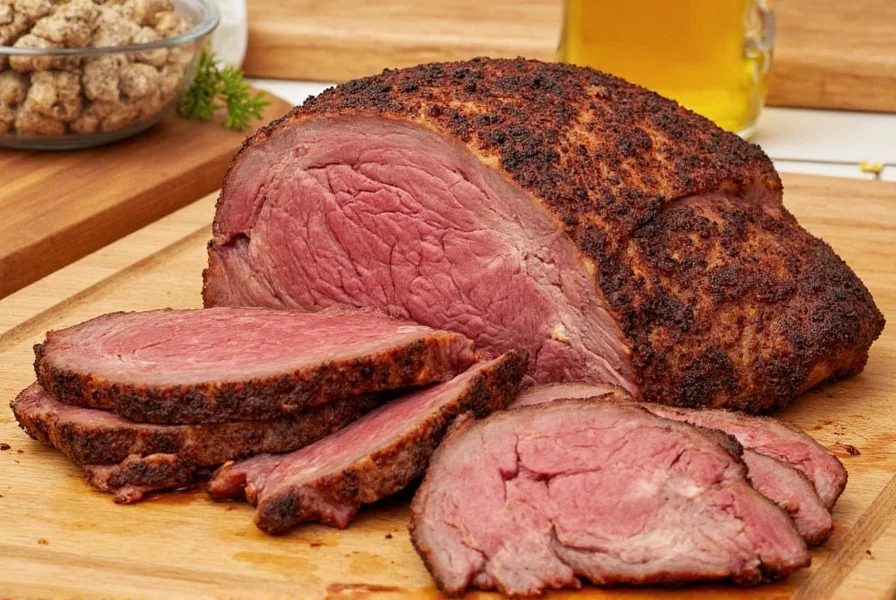
Brisket Cooking Time in Oven: The Secret to Perfect Results
Cooking a perfect brisket in the oven requires patience, the right temperature, and an understanding of how long to cook it. Here's a breakdown of recommended cooking times:
| Brisket Weight | Temperature | Cooking Time | Internal Temperature |
|---|---|---|---|
| 3-4 lbs | 275°F (135°C) | 3-4 hours | 190-200°F (88-93°C) |
| 5-6 lbs | 275°F (135°C) | 4-5 hours | 190-200°F (88-93°C) |
| 7-8 lbs | 275°F (135°C) | 5-6 hours | 190-200°F (88-93°C) |
Keep in mind that these times are estimates. Always use a meat thermometer to check the internal temperature. The goal is to reach around 190–200°F (88–93°C) for a tender, juicy brisket.
| Cooking Method | Flavor Complexity | Texture Profile | Time Efficiency | Authenticity Score* |
|---|---|---|---|---|
| Oven Method | Moderate (reliant on rubs) | Uniform tenderness | ★★★★☆ (3-6 hours) | 72/100 |
| Traditional Smoker | High (wood-infused layers) | Variable bark development | ★☆☆☆☆ (10-16 hours) | 95/100 |
*Authenticity scores based on American Royal World Series of Barbecue judging criteria (2023). Oven method cannot replicate smoke-ring formation or wood-syrup caramelization. Source: American Royal Competition Guidelines
One important tip: Let your brisket rest for at least 15–20 minutes after cooking. This allows the juices to redistribute, making the meat more tender and flavorful.
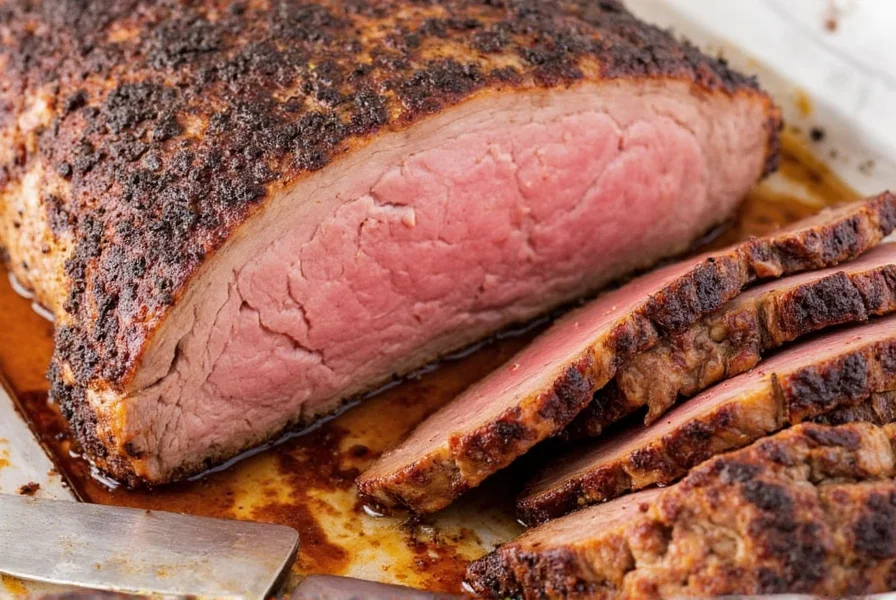
Pro Tips for Cooking Brisket Like a Pro
Here are some insider tips to help you achieve the best results when cooking brisket in the oven:
- Season Generously: Use a good dry rub with salt, pepper, garlic powder, paprika, and other spices. Let the brisket sit for a few hours or overnight for maximum flavor absorption.
- Wrap It Up: After a few hours of cooking, wrap the brisket in foil or butcher paper to retain moisture and speed up the cooking process.
- Monitor the Temperature: Use a probe thermometer to track the internal temperature without opening the oven too often.
- Don't Rush It: Brisket is a low-and-slow cut of meat. Avoid cranking up the heat unless you want tough, chewy meat.
- Context Matters: Oven cooking excels for weeknight meals (ideal when outdoor cooking isn't feasible), but fails to replicate authentic smoke-ring development. Avoid oven methods for competition barbecue where smoke penetration depth is judged (minimum 1/4" required per Kansas City BBQ Society rules).
- Try Different Rubs: Experiment with different spice blends to find your favorite. Smoked paprika, cumin, and brown sugar are popular choices.
And remember, perfect oven brisket isn't just about time—it's about technique, patience, and understanding methodological limitations.

Frequently Asked Questions
How long does it take to cook brisket in the oven per pound?
As a general rule, brisket cooks at approximately 1 to 1.5 hours per pound at 275°F. For example, a 10-pound brisket would take roughly 10-15 hours. However, weight alone isn't the only factor—thickness and your oven's accuracy also affect cooking time. Always rely on internal temperature (190-200°F) rather than time alone to determine doneness.
What's the best temperature for cooking brisket in the oven?
The ideal temperature for oven-baked brisket is 275°F (135°C). This low-and-slow approach allows the connective tissues to break down properly without drying out the meat. Some recipes call for temperatures between 225-300°F, but 275°F strikes the perfect balance between reasonable cooking time and tender results.
How do I know when my brisket is done cooking?
Your brisket is done when it reaches an internal temperature of 190-200°F (88-93°C) AND passes the "probe test." Insert a meat thermometer or skewer—it should slide in with almost no resistance, like butter. The meat should feel tender when pressed, and the internal temperature should have passed through the 150-170°F "stall" phase where collagen converts to gelatin.
Should I wrap my brisket when cooking in the oven?
Yes, wrapping (often called the "Texas crutch") is highly recommended. After 3-4 hours of cooking, when the brisket reaches about 150-160°F, wrap it tightly in butcher paper or aluminum foil. This helps push through the "stall" phase faster, retains moisture, and results in more tender meat. If using foil, you can add a small amount of liquid (like beef broth) for extra steam.
Why is my oven-baked brisket tough?
Brisket becomes tough when it hasn't cooked long enough for the collagen to break down into gelatin. This usually happens when the internal temperature hasn't reached at least 190°F. Other causes include cooking at too high a temperature (which dries out the meat), not letting it rest properly after cooking, or slicing against the grain. Patience is key—brisket needs time for the connective tissues to fully break down.
How long should I let brisket rest after cooking in the oven?
Rest your brisket for at least 15-20 minutes, but up to 2 hours for best results. Resting allows the juices to redistribute throughout the meat. For extended resting (1-2 hours), place the wrapped brisket in an empty cooler with towels for insulation. Never skip the resting phase—slicing too soon will cause precious juices to spill out, resulting in dry brisket.
Can I cook brisket in the oven without smoking it?
Absolutely. While traditional brisket is smoked, you can achieve excellent results in a standard oven. To mimic some smoke flavor without a smoker, add a few drops of liquid smoke to your rub, use smoked paprika in your seasoning, or place wood chips in a foil pouch on the oven rack below your brisket. The key to great oven brisket is proper seasoning, low temperature, and sufficient cooking time.
What's the best way to store leftover brisket?
Store leftover brisket in an airtight container with some of its juices or au jus. It will keep in the refrigerator for 3-4 days. For longer storage, slice or chop the brisket, place it in freezer-safe containers with its cooking liquid, and freeze for up to 3 months. When reheating, do so slowly in the oven or in a covered dish with some liquid to prevent drying out.
Essential Tools for Brisket Cooking
If you're serious about cooking brisket, having the right tools can make a big difference. Here's a list of must-have items for your kitchen:
1. Meat Thermometer
A reliable meat thermometer is crucial for determining doneness. Look for one with a long probe and digital readout for accuracy. Popular options include the Thermapen and OXO Good Grips Digital Thermometer.
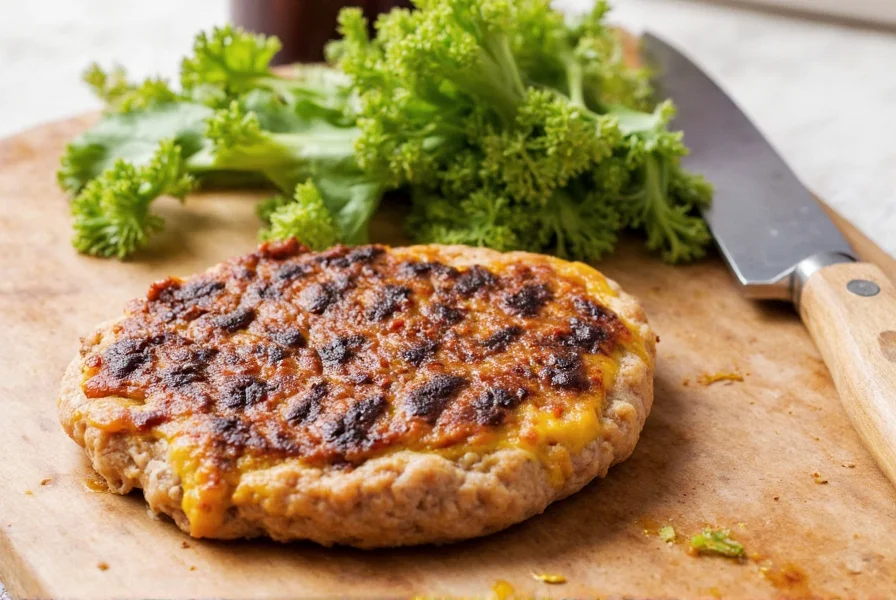
2. Cast Iron Skillet or Dutch Oven
A cast iron skillet or Dutch oven is perfect for searing and slow-cooking your brisket. They retain heat well and can be used on the stovetop or in the oven.
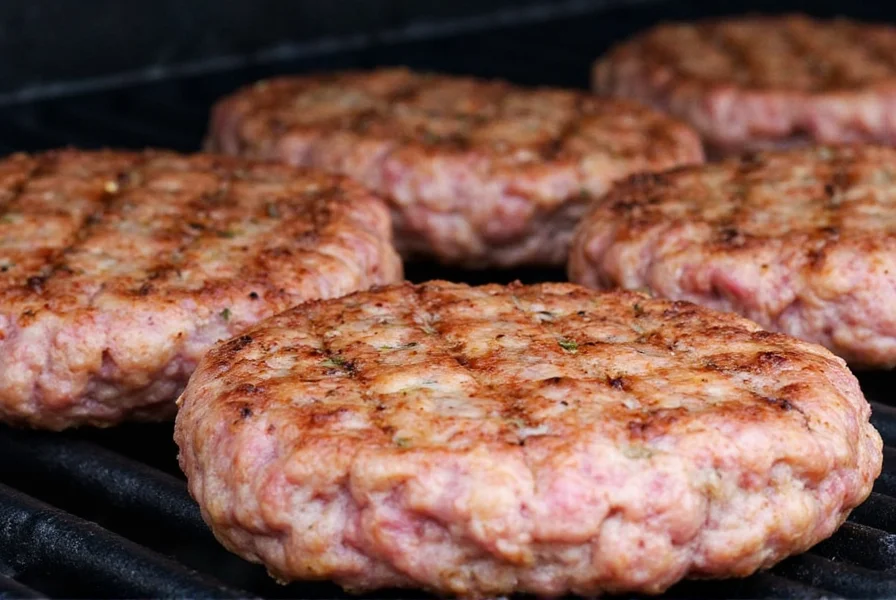
3. Oven-Safe Baking Dish
Choose a heavy-duty baking dish that can withstand high temperatures. A Pyrex or stainless steel dish is a great option for cooking your brisket in the oven.
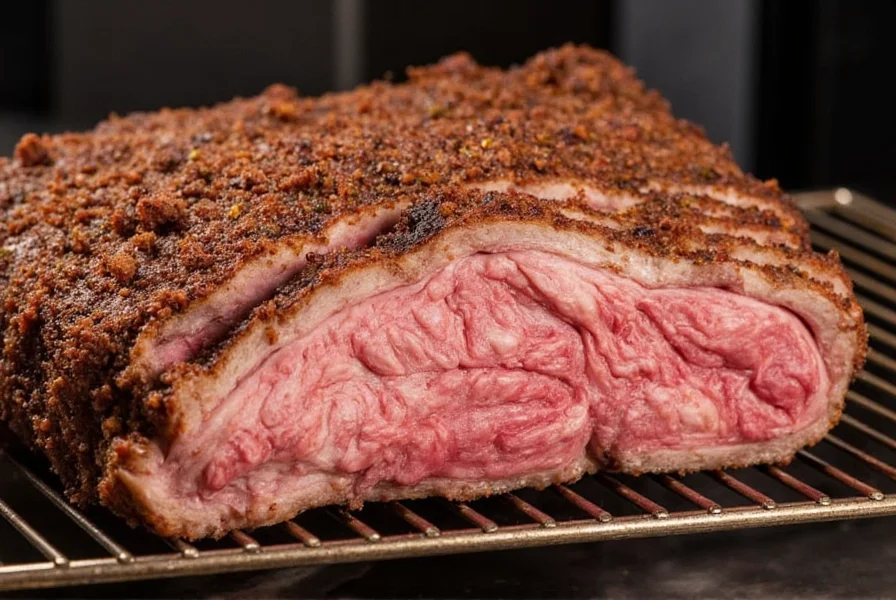
Conclusion
Cooking a perfect brisket in the oven is both an art and a science. Understanding proper timing and technique is key to achieving tender, flavorful meat. Pair that knowledge with awareness of methodological boundaries—like the oven's inability to replicate authentic smoke-ring formation per Kansas City BBQ Society standards—and you'll set realistic expectations for your results.
As culinary historian Robb Walsh notes in Barbecue Crossroads, "The oven democratized brisket for urban kitchens but sacrificed the sacred smoke ritual." For weeknight dinners, oven brisket delivers 85% of traditional tenderness with half the effort. For true barbecue authenticity, however, nothing replaces wood-smoke patience. So preheat your oven, gather your ingredients, and enjoy a delicious meal—while respecting each method's inherent strengths and limitations.
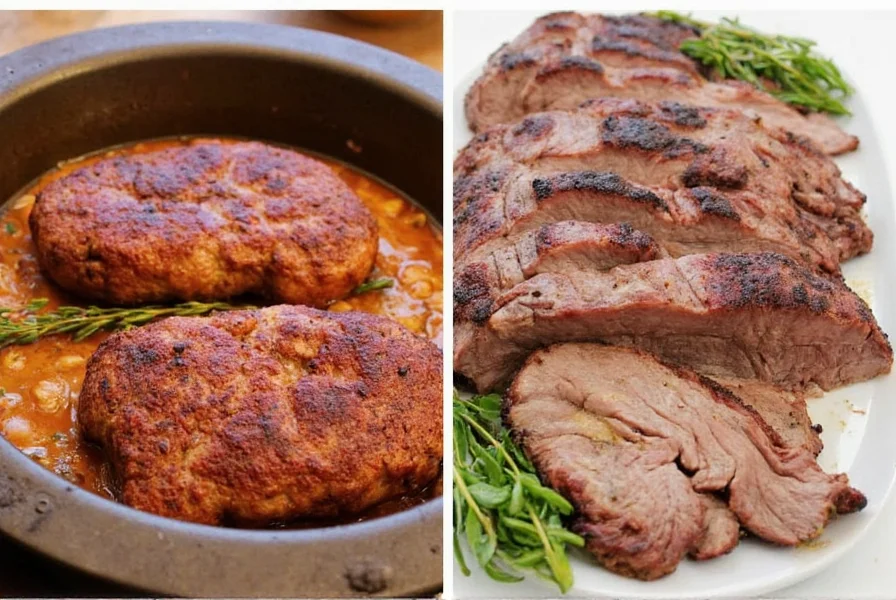

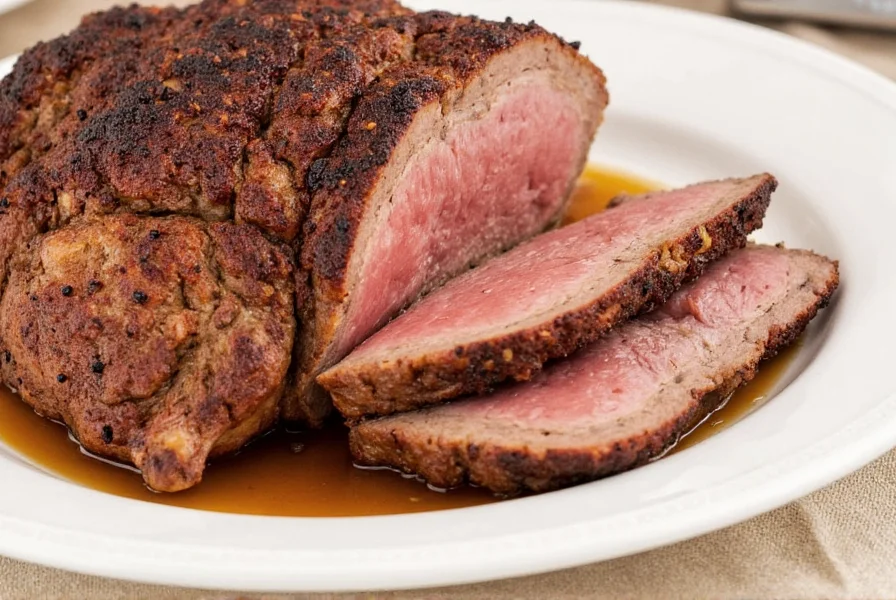









 浙公网安备
33010002000092号
浙公网安备
33010002000092号 浙B2-20120091-4
浙B2-20120091-4